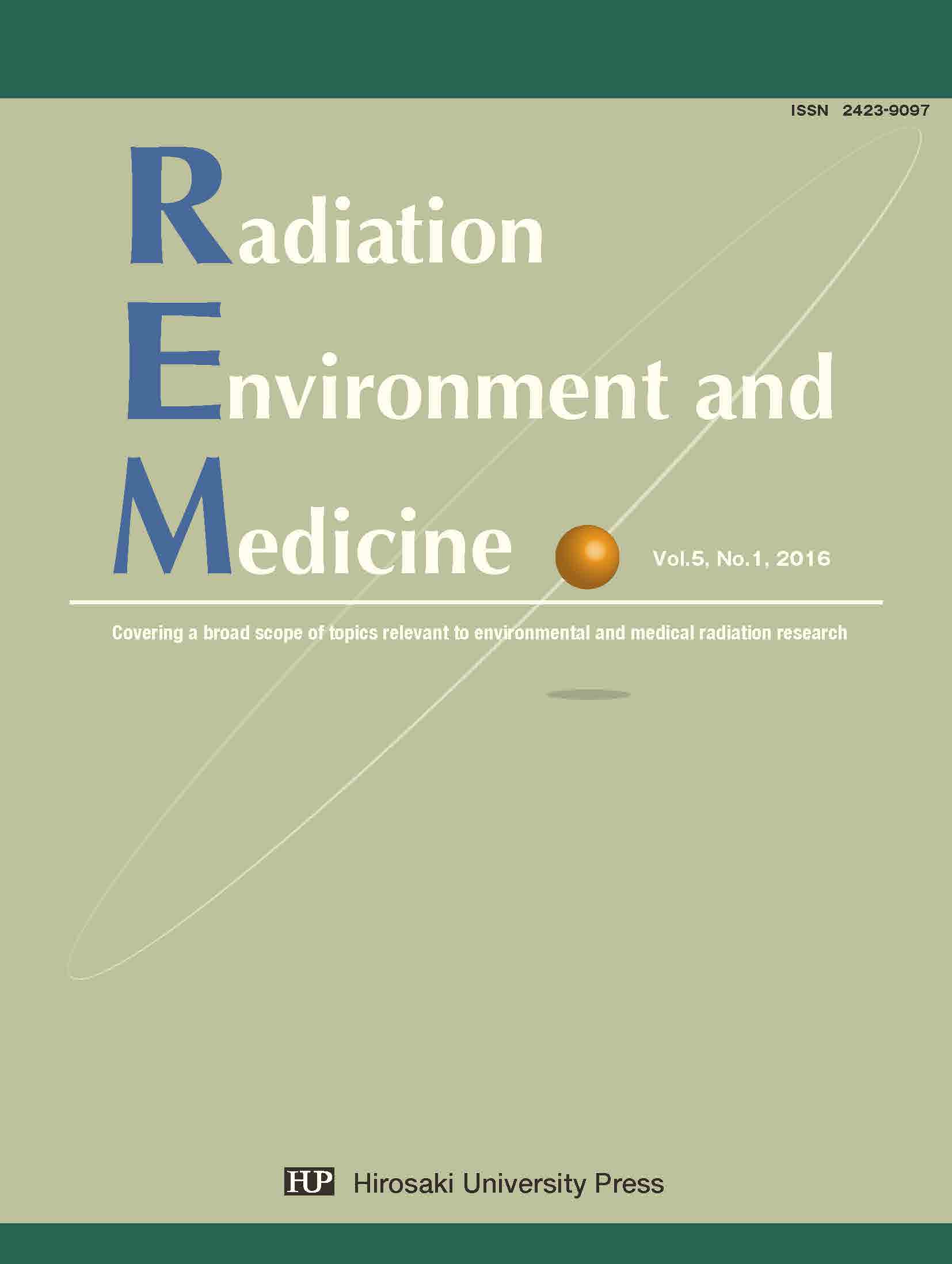Basic Epidemiology
- Methods and Their Application to Epidemiology on Cancer and Radiation (5)
View article content
Suminori Akiba
Department of Epidemiology and Preventive Medicine, Kagoshima University Graduate School of Medical and Dental Sciences, Japan
Radiat Environ Med (2016) 5 (1): 1-6



